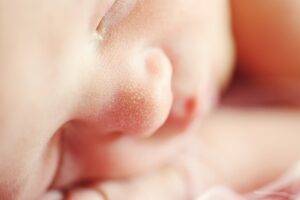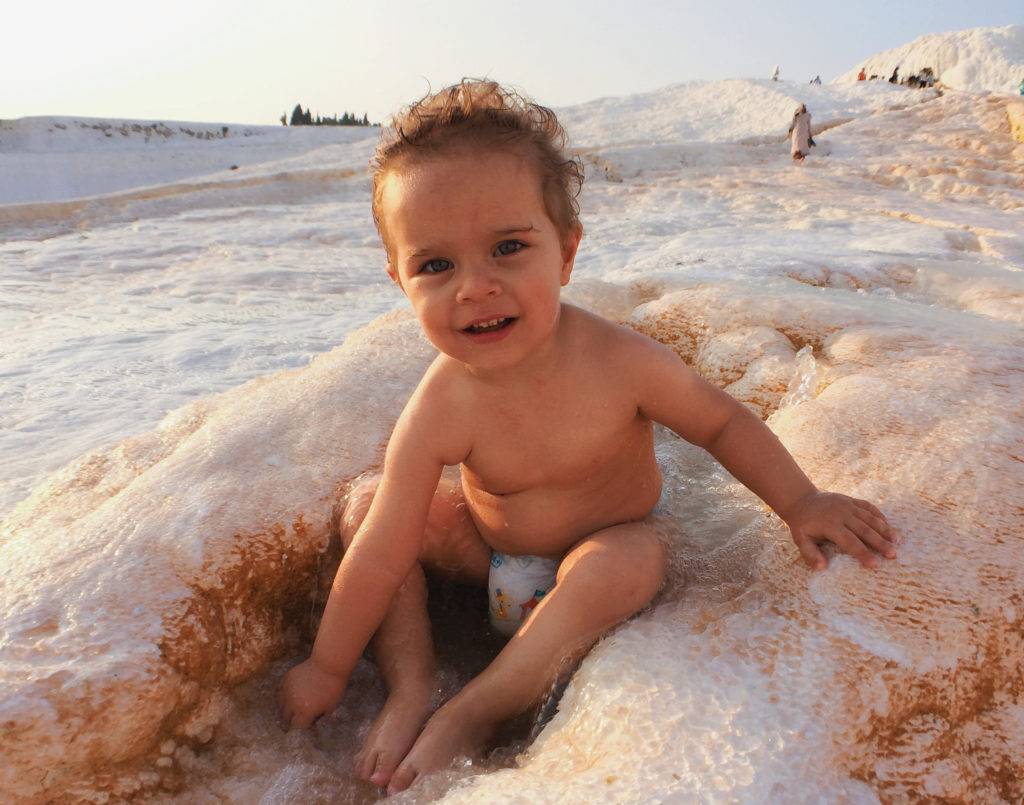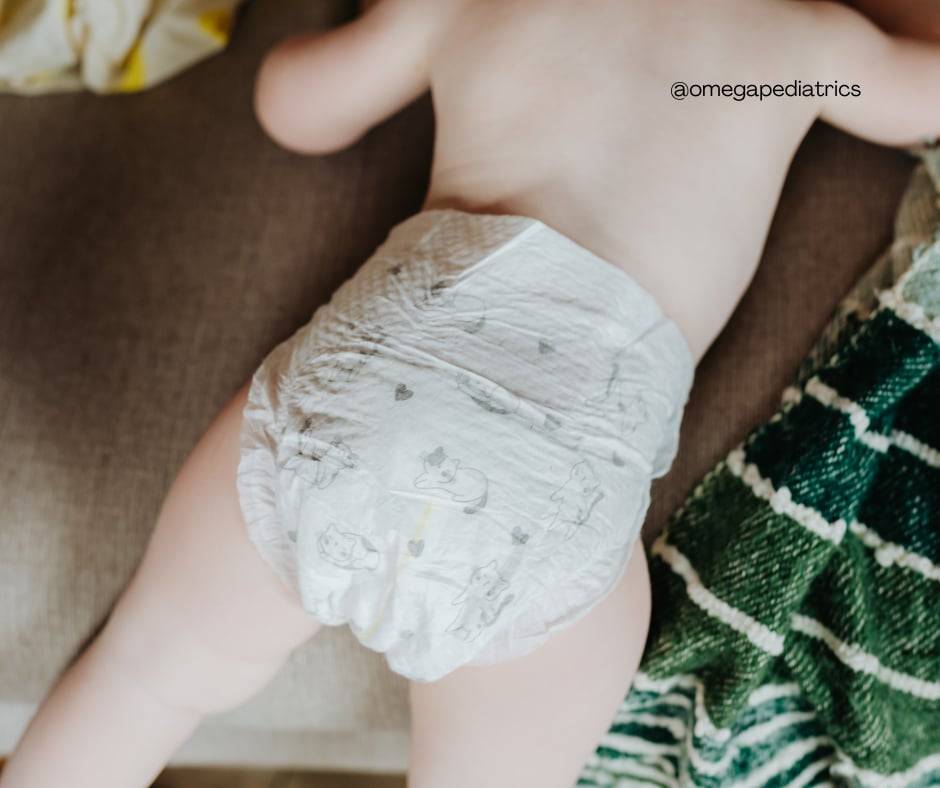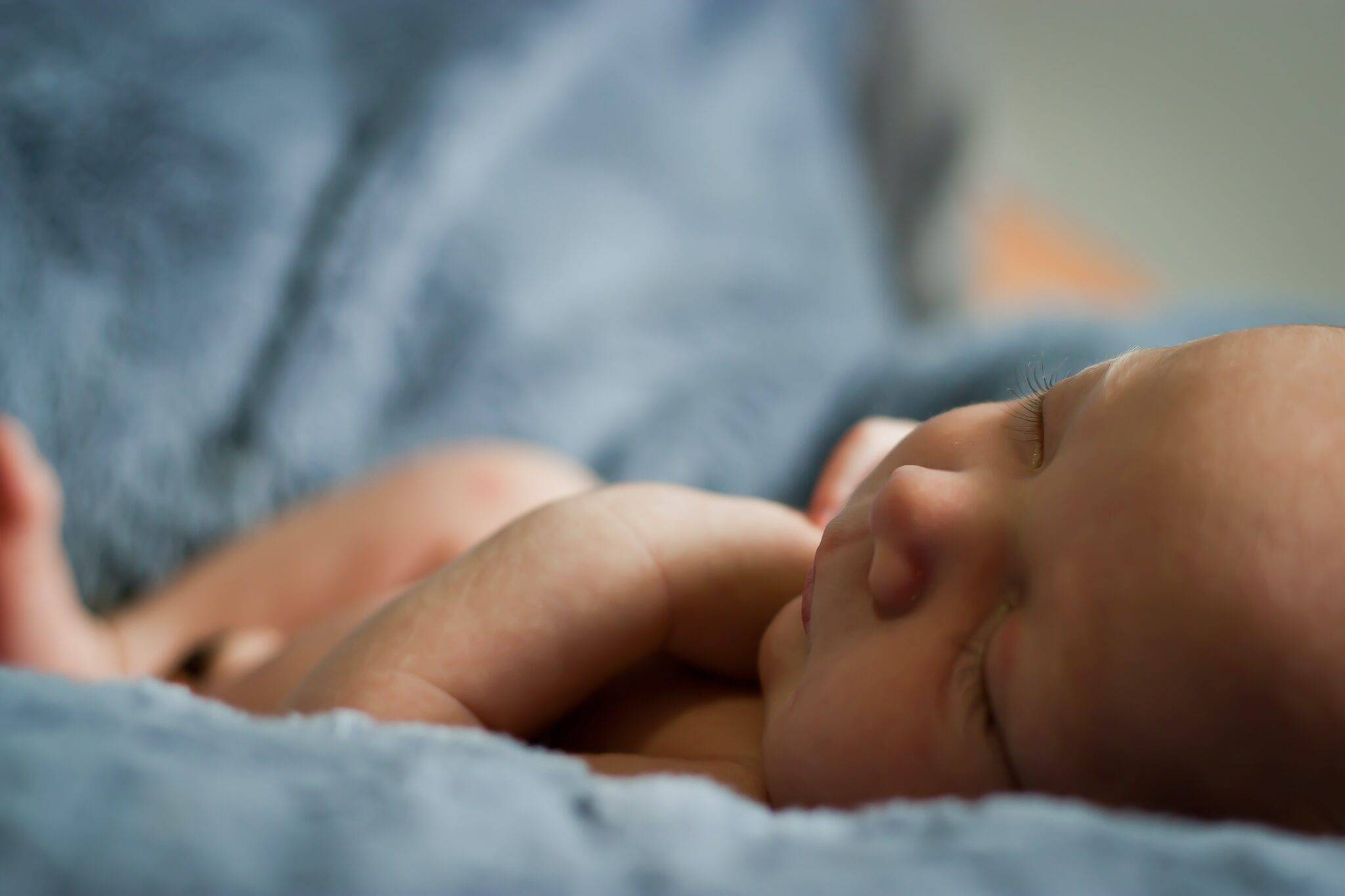Caring for a newborn comes with countless joys, but it also brings new challenges, especially when protecting your baby’s sensitive skin. One of the most common skin issues parents encounter is newborn baby heat rash. This condition can appear unexpectedly, leaving you wondering what caused it and how to soothe your baby’s discomfort. The good news is that heat rash is typically harmless and treatable with simple home remedies.
This guide will explore everything you need about newborn baby heat rash, from understanding the condition and its causes to effective prevention strategies and treatments. This knowledge will empower you to provide the best care for your baby and keep their delicate skin healthy.
What Exactly is Newborn Baby Heat Rash?
Heat rash, scientifically known as miliaria, is a skin condition caused by blocked sweat glands. When sweat becomes trapped under the skin, it creates small red bumps or blisters that are itchy or uncomfortable. Although heat rash is associated with hot weather, it also occurs in cooler conditions if the baby is overdressed or exposed to poor ventilation.
Types of Heat Rash
There are several types of newborn baby heat rash, classified based on their appearance and severity:
- Miliaria Crystallina: The mildest form presents as tiny, clear blisters filled with sweat. It’s usually painless and resolves quickly.
- Miliaria Rubra: Commonly known as prickly heat, this is characterized by red bumps that are itchy and uncomfortable. It’s the most frequent form seen in newborns.
- Miliaria Pustulosa: Occurs when the blocked sweat ducts become inflamed, leading to pus-filled bumps. It may require medical attention to rule out infection.
- Miliaria Profunda: The rarest and most severe form occurs deep in the skin and causes larger and firmer lesions. This is uncommon in infants but worth noting.
Why Does Newborn Baby Heat Rash Happen?
Newborns are particularly vulnerable to heat rash because their sweat glands are still developing. Unlike older children or adults, babies’ skin lacks the efficiency to regulate temperature and expel sweat effectively. Several factors increase the likelihood of newborn baby heat rash:
- Overheating: Babies are often dressed in layers to keep them warm, but too many clothes trap heat. Overheating due to excessive bundling, warm rooms, or prolonged exposure to hot weather is a primary trigger.
- Moisture and Humidity: Sweat combined with humid air creates the perfect environment for clogged sweat ducts. Moist skin folds, such as those around the neck, groin, or armpits, are particularly prone to developing heat rash.
- Friction from Clothing: Tight or rough fabrics irritate a baby’s skin, leading to blocked sweat glands. Even gentle friction in skin folds contributes to heat rash over time.
- Immature Sweat Glands: Babies’ sweat glands are underdeveloped, making them more likely to become blocked, especially during their first few months of life.
Understanding these triggers of newborn baby heat rash helps parents recognize when their baby may be at risk and take preventive measures to protect their skin.
Newborn Baby Heat Rash: Recognizing the Symptoms
Heat rash symptoms vary based on severity. Knowing what to look for helps you identify and treat the rash early, ensuring your baby remains comfortable.
Mild Symptoms
- Small, clear blisters or bumps
- Occasional itching or fussiness
- Redness in affected areas like the neck, back, or chest
Moderate Symptoms
- Tiny red or pink bumps
- Increased itchiness, causing your baby to appear irritable
- Heat rash spreading to skin folds or areas where sweat accumulates
Severe Symptoms
- Pus-filled bumps indicating potential infection
- Swelling or excessive redness
- Crusting or oozing from affected areas
- Fever or other signs of discomfort (these may signal a more serious condition requiring medical attention)
If you notice severe symptoms or suspect infection, consult your pediatrician immediately for proper diagnosis and treatment.
Newborn Baby Heat Rash: How to Treat
The key to treating heat rash is to keep your baby cool and comfortable. Here’s a breakdown of effective steps you can take:
1. Create a Cooler Environment
- Adjust the Room Temperature: Keep your baby’s room between 68°F and 72°F (20°C to 22°C). Use fans or air conditioning to maintain good airflow.
- Dress Your Baby Lightly: Choose loose-fitting clothing made from breathable materials like cotton. Avoid synthetic fabrics that trap heat.
- Skip Extra Layers: A single layer of clothing or a lightweight swaddle is sufficient indoors.
2. Keep Skin Clean and Dry
- Bathe in Lukewarm Water: A short, lukewarm bath cools your baby’s skin and removes sweat. Avoid using hot water, which exacerbates irritation.
- Pat Skin Dry: Use a soft towel to dry your baby’s skin. Focus on folds like the neck, groin, and armpits to ensure no moisture remains.
- Use Baby Powder Sparingly: Talc-free, cornstarch-based powder helps absorb moisture, but use it sparingly and avoid applying it to the face.
3. Avoid Heavy Creams or Lotions
- Thick ointments block sweat glands further, worsening the rash. Instead, let your baby’s skin breathe naturally. If needed, consult your doctor for a light, non-comedogenic moisturizer.
4. Provide Some Diaper-Free Time
- Allow your baby to lie on a clean, soft surface without a diaper for short periods. This promotes airflow and prevents trapped moisture in the diaper area.
5. Relieve Itching with Natural Remedies
- Oatmeal Bath: Add finely ground oatmeal to your baby’s bathwater for its soothing properties.
- Aloe Vera Gel: Pure, fragrance-free aloe vera provides cooling relief but should be used cautiously and sparingly.
Newborn Baby Heat Rash: Tips for Prevention
While heat rash is treatable, prevention is always better. Simple changes to your baby’s routine and environment significantly reduce recurrence.
6. Dress Your Baby for the Weather
Avoid overdressing your baby, even in cooler weather. A rule of thumb is to dress them in one more layer than you’re wearing. For hot days, choose lightweight, breathable clothing.
7. Monitor Room Temperature
Keep your baby’s surroundings comfortable and well-ventilated. Consider using blackout curtains to keep rooms cool during hot afternoons.
8. Limit Exposure to Heat
Avoid taking your baby outside during peak heat hours. If you must go out, use a stroller fan or stay in shaded areas to keep them cool.
9. Keep Skin Dry
Change diapers frequently and wipe sweat-prone areas often, especially during humid weather. Use a soft, dry cloth to pat the skin to prevent moisture buildup.
When Should You Seek Medical Help?
While most heat rashes clear up with home care, certain situations call for professional medical attention. Your pediatrician may recommend medicated creams or additional tests to rule out other skin conditions. Contact your pediatrician if:
- The rash doesn’t improve after a few days of treatment.
- You notice signs of infection, such as pus, swelling, or fever.
- Your baby appears excessively fussy, lethargic, or in pain.
Myths About Heat Rash You Should Ignore
Misconceptions about heat rash sometimes lead to ineffective or even harmful treatments. Let’s address a few common myths:
Myth 1: Heat Rash Indicates Poor Hygiene
Heat rash has nothing to do with cleanliness; it’s caused by blocked sweat glands, not dirt or germs. Regular baths and dry skin are sufficient to prevent it.
Myth 2: Thick Creams Speed Up Healing
While it’s tempting to use thick lotions to soothe irritation, these worsen heat rash by further blocking sweat glands.
Myth 3: Baby Powder Is a Cure-All
Although baby powder absorbs moisture, overusing it may irritate your baby’s skin or pose a risk if inhaled.
Ongoing Skin Care Tips for Babies
Your baby’s skin will continue to change during their first year. A consistent skincare routine prevents heat rash and other common skin conditions.
- Moisturize Appropriately: Use only fragrance-free, hypoallergenic products that are gentle on sensitive skin.
- Be Mindful of the Season: Adjust your baby’s clothing and skincare routine based on the weather.
- Watch for Allergic Reactions: If you introduce new skincare products, observe your baby for any signs of irritation.
For more in-depth advice, explore these helpful articles on baby skincare from Omegapediatrics.com:
Manage Newborn Baby Heat Rash
Newborn heat rash is a common but manageable condition. Recognizing the early signs, implementing the right treatments, and adopting preventive measures ensure your baby stays comfortable and rash-free. Your baby’s skin is incredibly delicate, so prioritize gentle care and seek medical advice if needed. You can keep your baby’s skin happy and healthy.



